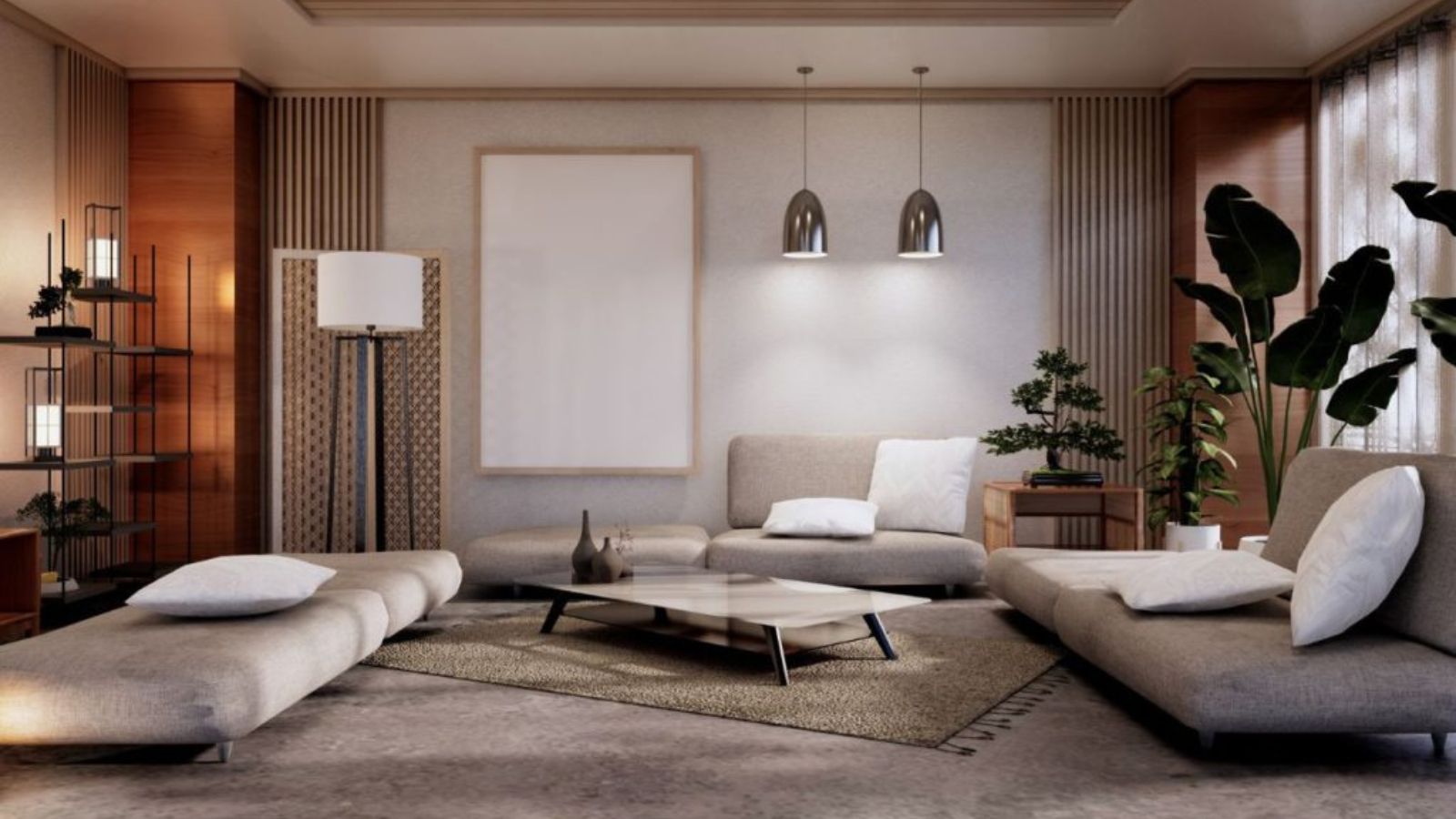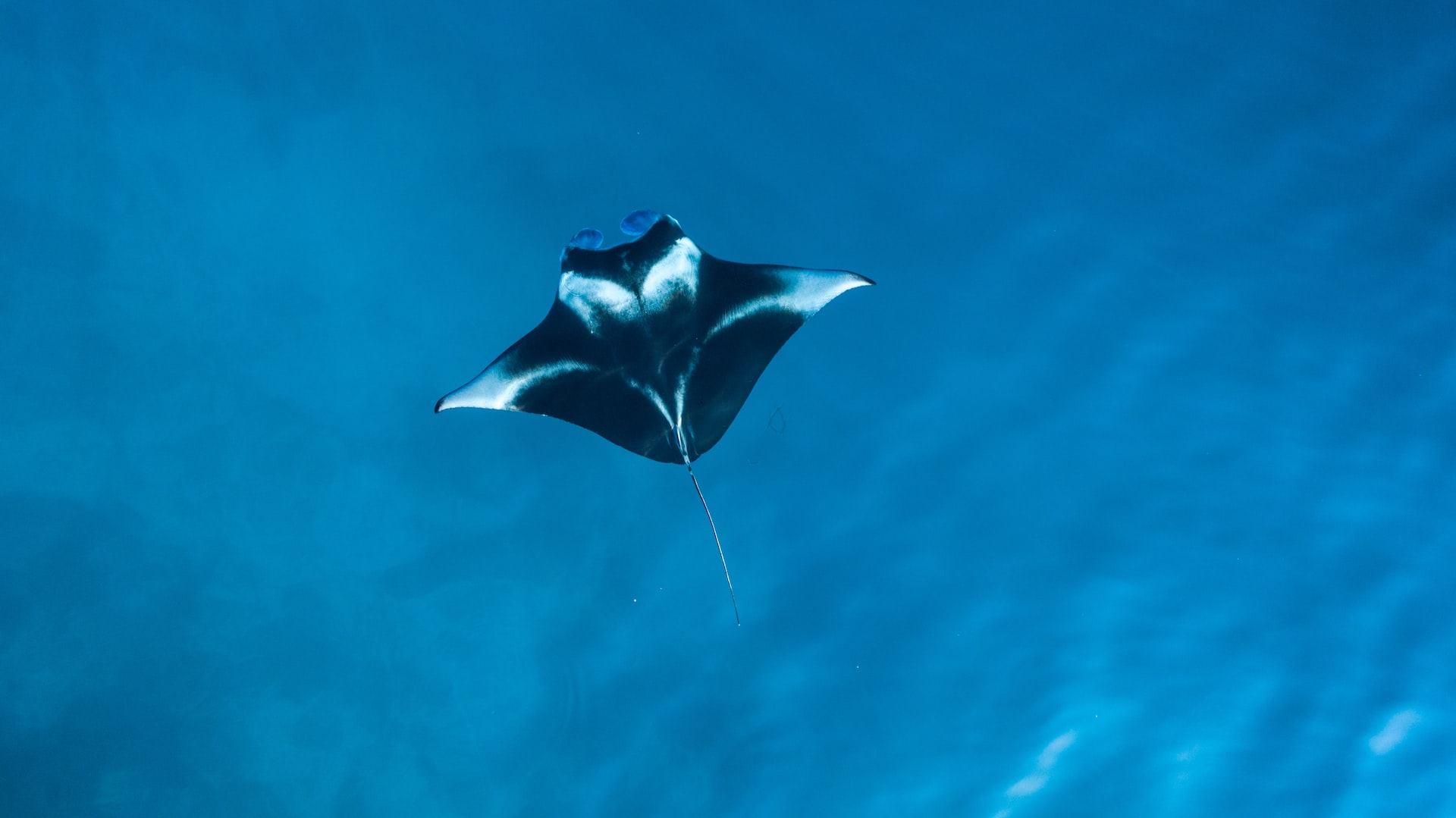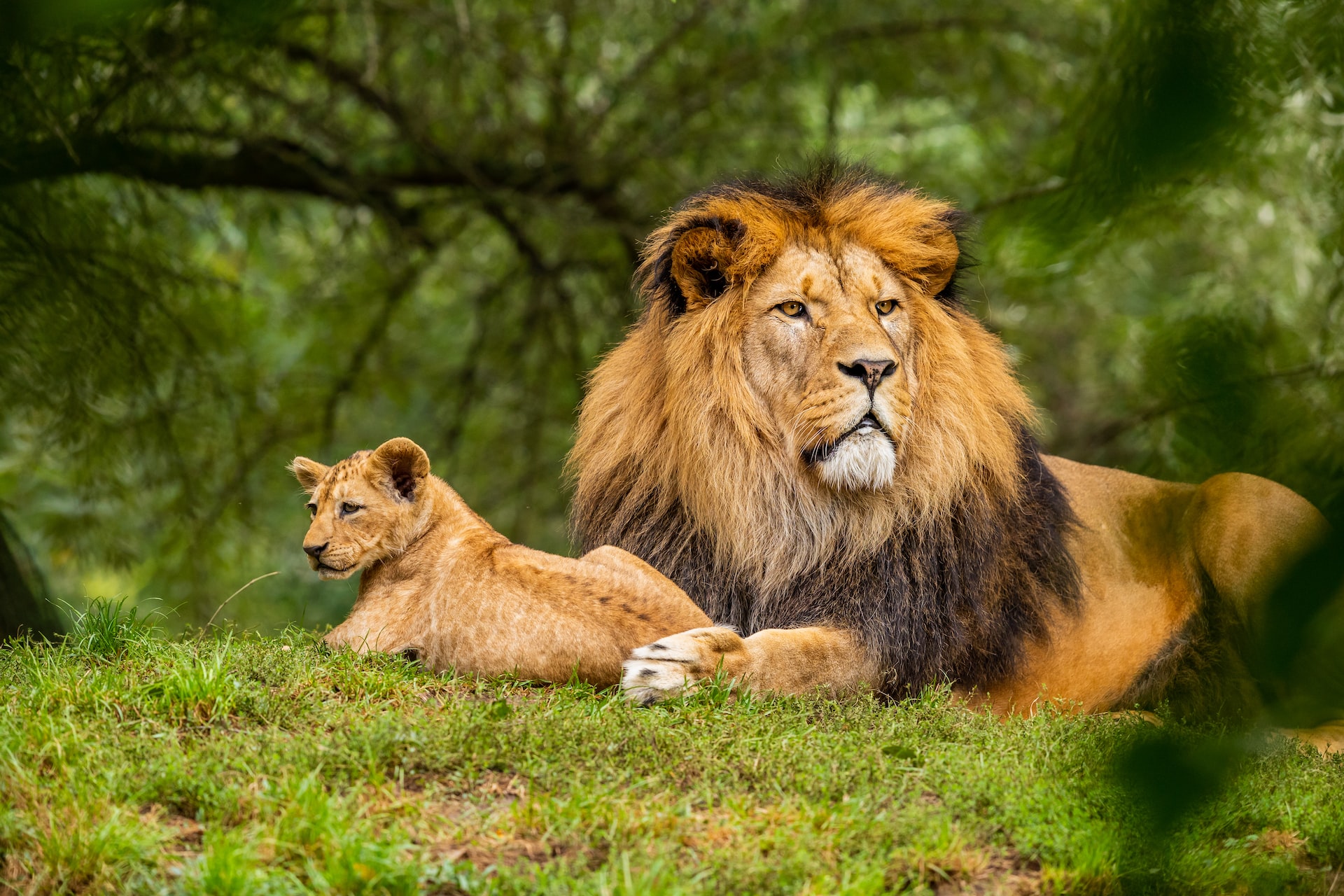Video technology has come a long way since its inception, transforming how people capture and consume visual content. From the grainy black-and-white images of early television broadcasts to today’s ultra-high-definition streaming services, the evolution of video technology is a fascinating journey. Each leap forward has not only enhanced picture quality but also revolutionized entertainment, education, and communication.
In the early days, video recording was a cumbersome process, requiring bulky equipment and extensive technical know-how. However, as technology advanced, devices became more compact and user-friendly, making video production accessible to the masses. This democratization of video technology has paved the way for a new era of content creation, where anyone with a smartphone can be a filmmaker or a broadcaster.
Video Technology History
The analog era of video technology set the stage for future innovations. This period saw the rivalry between VHS and Betamax and the emergence of cable television.
VHS vs Betamax
The format war between VHS and Betamax began in the mid-1970s. Sony introduced the Betamax format in 1975, followed by JVC’s VHS in 1976. Betamax offered slightly better picture quality, but VHS provided longer recording times, which appealed to consumers. By the mid-1980s, VHS became the dominant format due to broader industry support and longer playtime.
The Advent of Cable Television
Cable television emerged in the 1940s, initially aimed at serving rural areas with poor over-the-air reception. The 1970s saw significant growth due to the introduction of satellite technology. By 1980, networks like HBO and ESPN offered specialized content, increasing viewer options. Cable subscription rates grew, providing diverse programming compared to traditional broadcast channels.
Transition to Digital
The shift from analog to digital video marked a pivotal moment in the history of video technology. Digital formats provided superior image quality, greater storage efficiency, and enhanced editing capabilities.
The Impact of DVDs
DVDs emerged in the mid-1990s, offering a significant leap in quality over VHS tapes. Unlike VHS, DVDs provided better image clarity, improved color depth, and multiple audio tracks. Consumers appreciated the durability of DVDs since they were less prone to wear and tear compared to magnetic tape. By 1999, DVDs had largely overtaken VHS in sales, driving the widespread adoption of new playback and recording hardware.
High Definition Revolution
High Definition (HD) technology began transforming video standards in the late 1990s. HD televisions delivered resolutions of 720p and 1080p, offering viewers far sharper image details than the existing standard definition (SD) formats. Broadcasters and content producers rapidly adopted HD formats. The launch of Blu-ray discs in 2006 further pushed HD’s prominence, providing even higher capacity and better image quality, cementing HD as the new norm in video technology.
Modern Video Technologies
Modern video technologies have brought unprecedented advancements, enhancing not just viewing experiences but also content creation and distribution.
4K and Beyond
4K resolution, offering four times the pixel count of 1080p, has become a new standard in video quality. This level of detail is especially significant in large displays, where clarity matters. Many streaming services, such as Netflix and Amazon Prime, offer vast libraries of 4K content, making it accessible to millions.
Beyond 4K, 8K technology is emerging. With sixteen times the resolution of 1080p, 8K offers an extraordinary viewing experience. Major manufacturers like Samsung and Sony have released 8K televisions, although content is still limited. Broadcasts of global events, such as the Olympic Games, have started experimenting with 8K to push the boundaries of visual excellence.
Virtual Reality and Augmented Reality
Virtual Reality (VR) immerses users in fully digital environments, offering new possibilities for gaming, education, and professional training. VR technology has evolved with headsets from companies like Oculus and HTC providing high-definition visuals and precise motion tracking. Users can now explore virtual worlds in unprecedented detail.
Augmented Reality (AR) blends digital elements with the real world. It enhances real-time interaction and has applications in fields such as retail, where virtual try-ons are possible, and in navigation, where AR overlays directions on real-world images. Devices like Microsoft’s HoloLens are pioneering mixed reality, integrating virtual elements seamlessly into users’ surroundings.
These modern video technologies continue to redefine what’s possible, enhancing both user experience and content creation.



